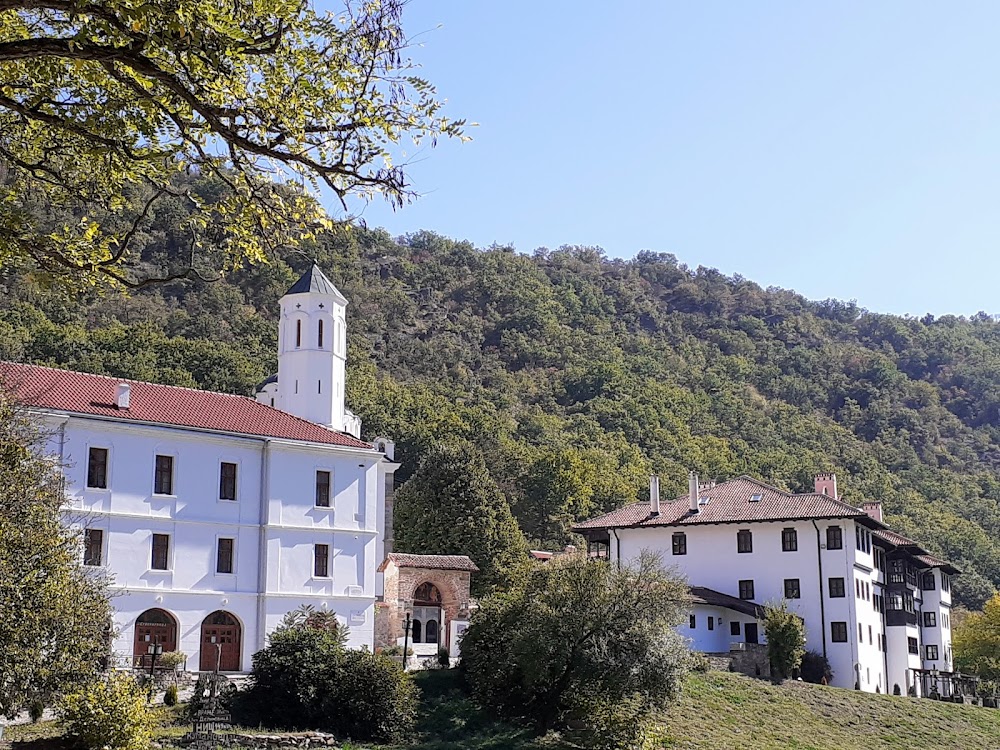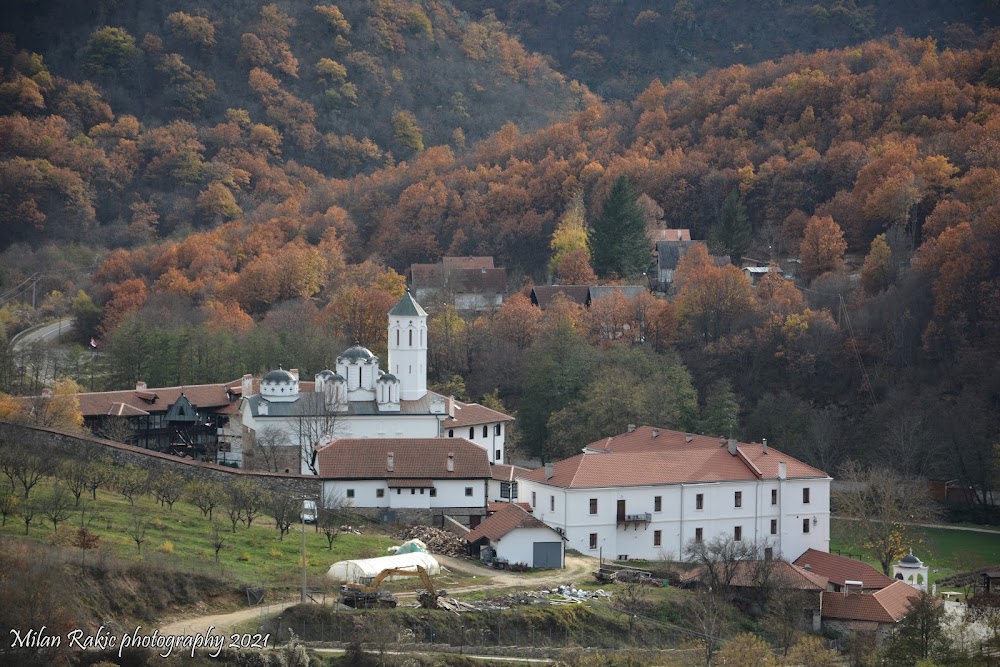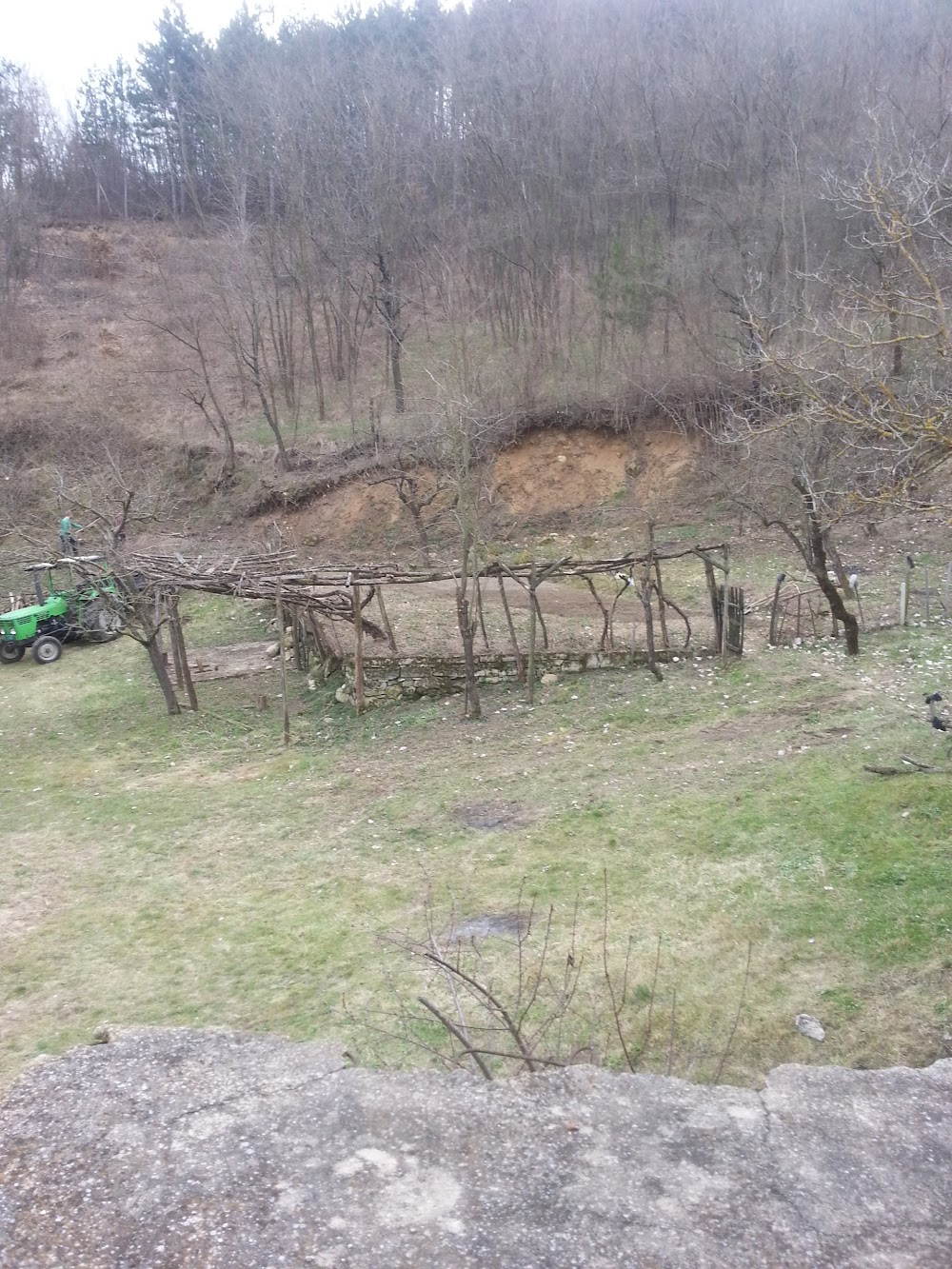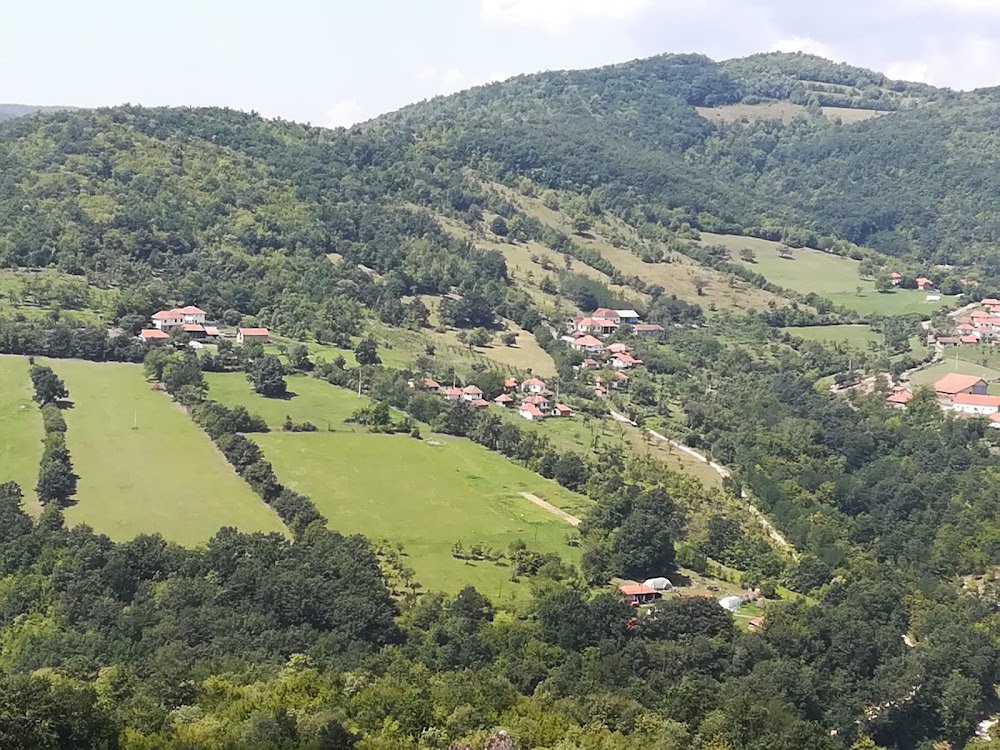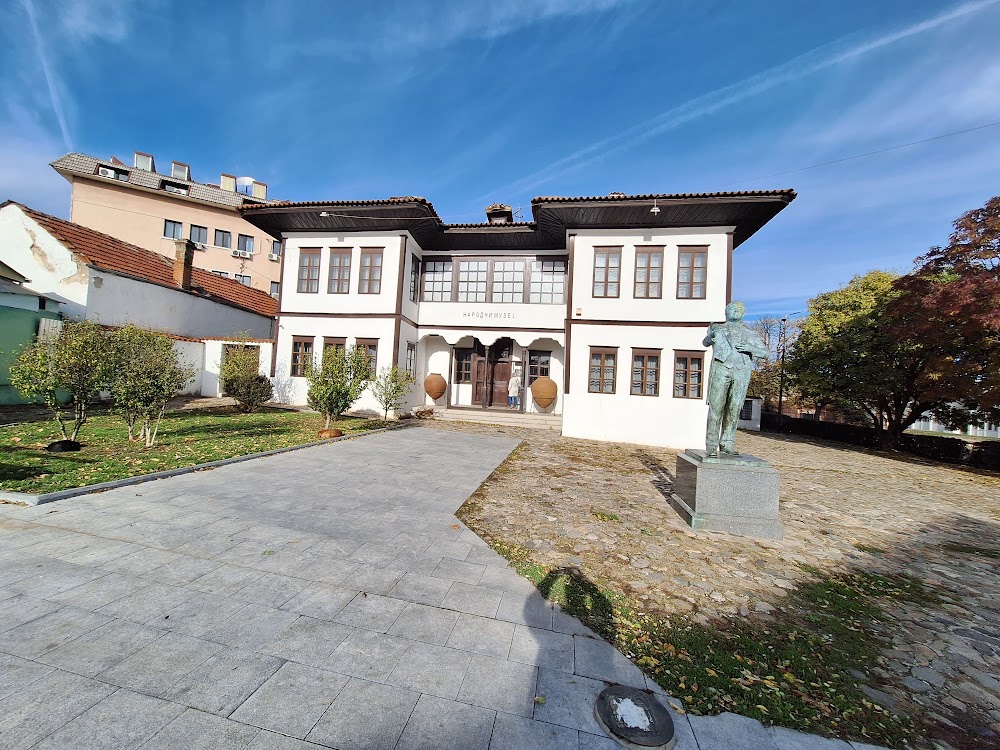Prohor Pčinjski Monastery (Манастир Прохор Пчињски)
Overview
Nestled in the tranquil landscapes of the Pčinja District in Serbia, the revered Prohor Pčinjski Monastery stands as an enduring symbol of spiritual heritage and architectural splendor. With a history that dates back nearly a millennium, this monastery reflects the rich tapestry of medieval Serbian culture and Orthodox Christian tradition.
Founded in the 11th century by the Byzantine emperor Romanus IV Diogenes, the Prohor Pčinjski Monastery is steeped in legend. According to tradition, Saint Prohor, after whom the monastery is named, appeared in the emperor’s dream, guiding him to establish a church in his honor. Heeding this divine vision, Romanus IV built the monastery on its current site, nestled close to the serene waters of the Pčinja River.
Originally constructed in the Byzantine style, the monastery's main church features architectural elements characteristic of the era. Over the centuries, the building has undergone several renovations and expansions, each adding layers of historical and artistic value. Today, the structure primarily showcases the Serbian medieval architectural style, beautifully adorned with intricate frescoes that tell stories of faith and devotion.
The frescoes within Prohor Pčinjski are particularly noteworthy, painted by masters of the Serbian art school. These vivid and expressive works depict various saints, Biblical scenes, and liturgical themes, serving both decorative and educational purposes for the faithful. The vibrant colors and meticulous details capture the spiritual fervor and artistic prowess of the medieval period.
Surrounded by lush forests and the tranquil waters of the Pčinja River, the monastery creates an atmosphere of peace and reflection, ideal for monastic life. Over the centuries, it has served as a hub of religious activity, scholarship, and cultural preservation. The monks at Prohor Pčinjski have dedicated themselves to safeguarding ancient manuscripts and religious texts, significantly contributing to Serbia's cultural heritage.
Beyond its role as a religious center, the monastery has played a crucial part during pivotal historical moments. During the Ottoman occupation, it became a bastion of Serbian spirituality and national identity, providing refuge and solace while preserving Serbian culture amidst foreign domination. The resilience of the monastery is a testament to the enduring faith and dedication of its inhabitants.
In recent history, the Prohor Pčinjski Monastery has continued to symbolize national significance. During World War II, it served as a sanctuary and place of healing for those affected by the conflict. Its remote location offered a haven for individuals seeking peace in times of turmoil.
Contemporary preservation efforts aim to maintain the monastery's historical integrity while ensuring it thrives as a vibrant center of religious life. Conservationists have diligently restored the frescoes and structure, respecting original designs and materials used centuries ago. This careful balance allows Prohor Pčinjski Monastery to remain a living monument to the past while fulfilling its role as a place of worship and reflection.
Today, visitors to the Prohor Pčinjski Monastery can immerse themselves in its historical and spiritual ambiance, complemented by the natural beauty that surrounds it. As a pilgrimage site, it attracts those seeking to connect with the divine and find tranquility amidst nature.
In conclusion, the Prohor Pčinjski Monastery stands as a living testament to the resilience of faith, the richness of Serbian cultural history, and the serene beauty of spiritual and natural coexistence. Its walls tell tales of dreams, dedication, and divine inspiration, continuing to inspire and nurture the human spirit in the heart of Serbia's Pčinja District.


